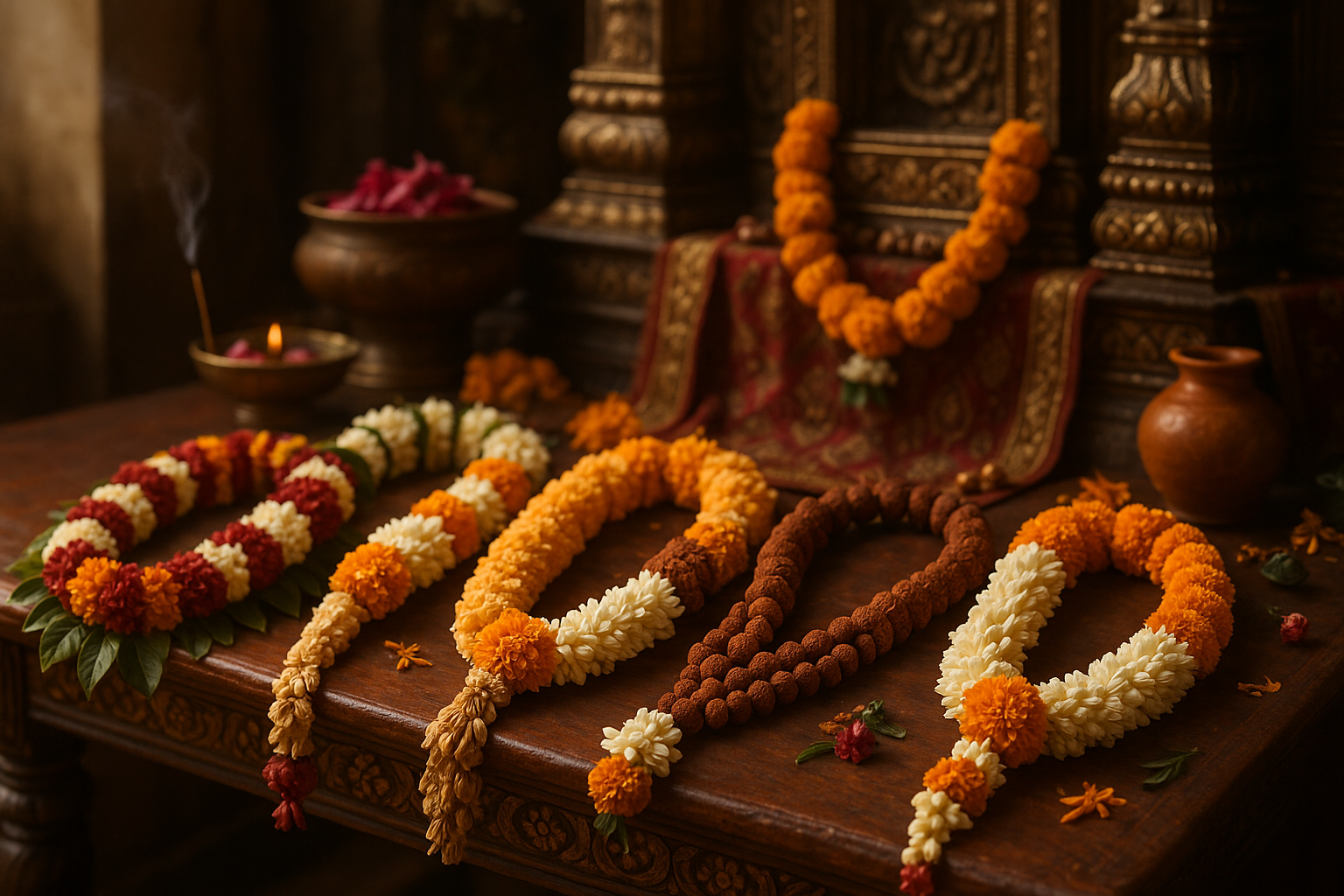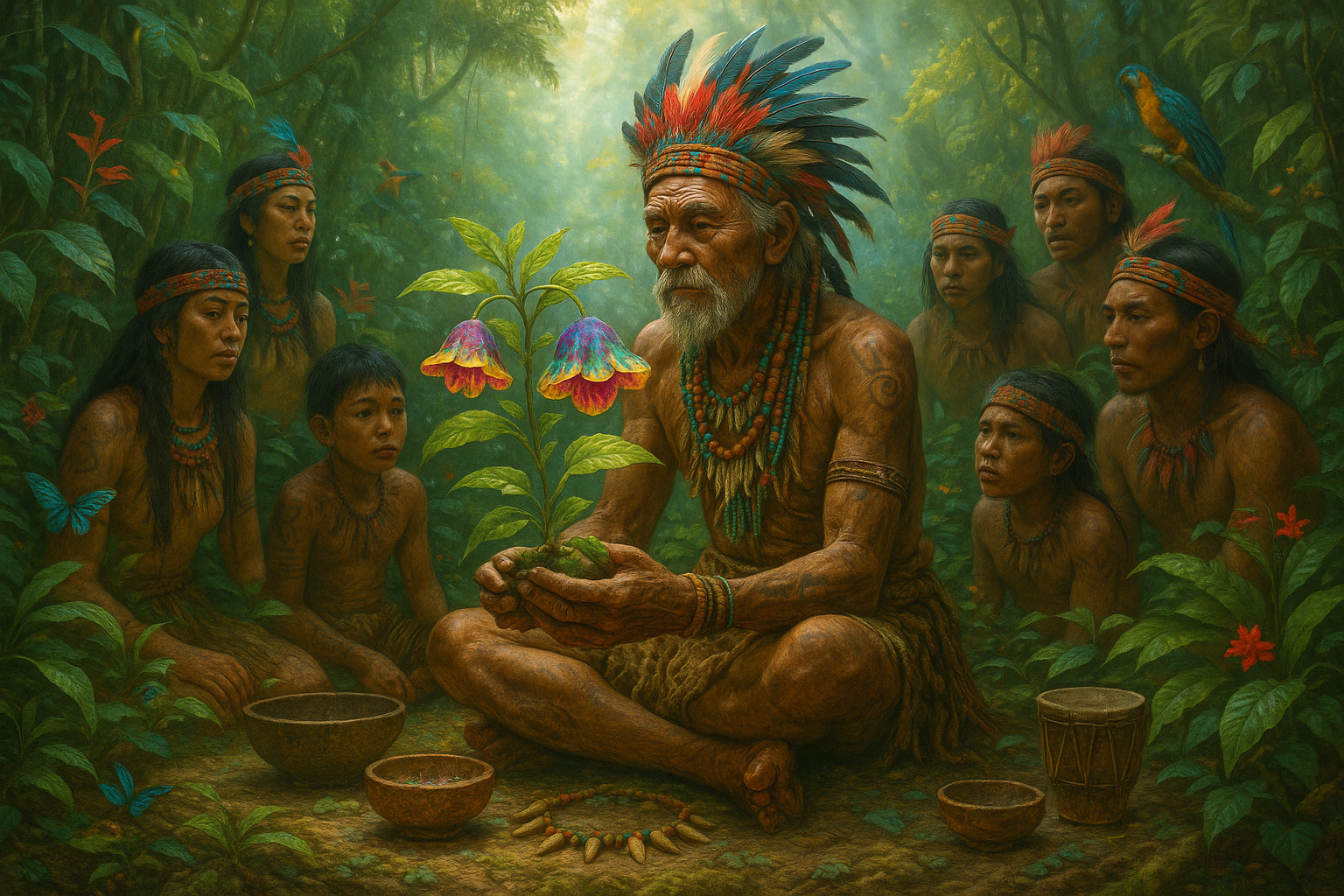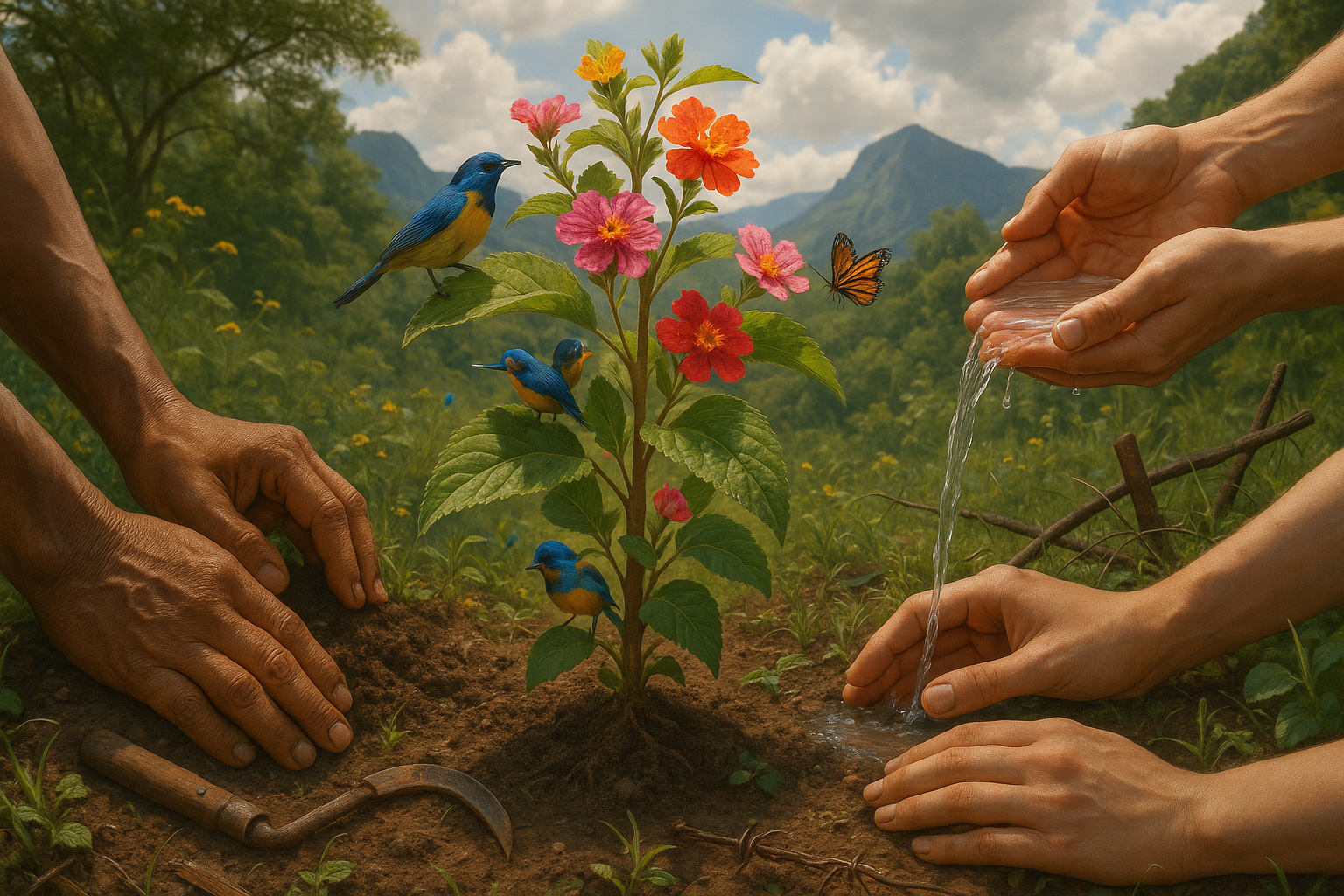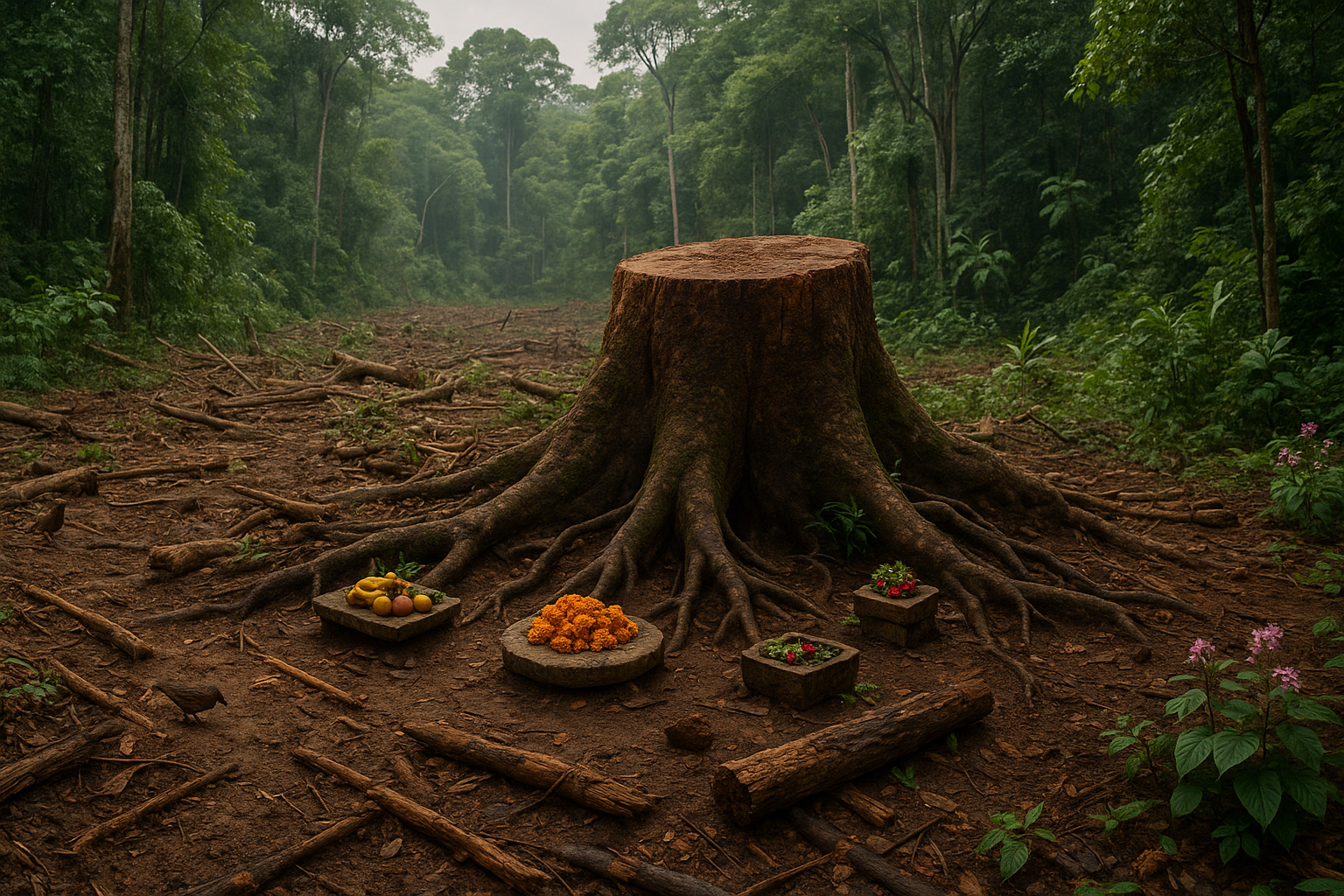In a world where traditions weave the tapestry of cultural identity, few artifacts resonate as profoundly as ritual garlands. 🌺 These delicate adornments, crafted with care and reverence, transcend their aesthetic appeal, offering a window into the spiritual and cultural realms of diverse societies. Whether draped over statues, worn during sacred ceremonies, or offered in devotion, garlands speak a universal language of symbolism and tradition that transcends borders.
But what lies beneath the surface of these floral chains? What secrets do their colors, flowers, and arrangements hold? To the untrained eye, a garland might appear as nothing more than a decorative accessory. However, delve a little deeper, and you’ll discover a world rich in meaning and steeped in history. This exploration of ritual garlands invites us to peel back the layers and uncover the hidden messages woven into each petal and thread.
The journey through the symbolism of ritual garlands begins with understanding their cultural significance. Across continents, garlands serve as powerful symbols of honor, purity, and celebration. In India, for example, they play an integral role in religious ceremonies, weddings, and festivals, symbolizing unity and divine blessing. In Hawaii, the lei is a symbol of affection and respect, often exchanged during greetings and farewells. Each culture infuses its unique beliefs and customs into the garlands, making them a vibrant expression of cultural identity.
The choice of flowers and materials used in garlands is far from arbitrary. Every element is selected with intent, each bloom chosen for its specific symbolism. 🌼 Roses may convey love and passion, while marigolds represent auspiciousness and positivity. The intricate weaving of these elements is not merely a craft but a language—a form of communication that transcends words and speaks directly to the soul. Through this floral dialogue, garlands convey messages of hope, reverence, and gratitude.
Color, too, plays a crucial role in the language of garlands. Different hues carry distinct meanings and emotions, a silent yet powerful narrative that enhances the garland’s symbolism. Red may evoke feelings of energy and strength, while white embodies purity and peace. By understanding the palette of colors used, we gain insight into the emotions and intentions behind these adornments, enriching our appreciation for their beauty and significance.
The construction of garlands is an art form in itself, a practice passed down through generations. The techniques and patterns employed reveal much about the cultural values and religious beliefs of a community. In some traditions, the act of creating a garland is a meditative practice, a ritual that honors the divine and fosters spiritual connection. This aspect of craftsmanship underscores the deep respect and devotion inherent in the tradition of garland-making.
As we continue our exploration, we will delve into the fascinating stories behind some of the world’s most iconic ritual garlands. From the vibrant floral displays of Thai festivals to the serene elegance of Japanese ikebana-inspired garlands, each example offers a unique perspective on how these adornments enhance and enrich cultural and spiritual practices. We will uncover the rituals associated with their use, the symbolism embedded in their designs, and the timeless beauty they bring to ceremonies and celebrations.
In a time where the pace of modern life often overshadows the wisdom of ancient traditions, understanding the symbolism of ritual garlands offers a poignant reminder of the interconnectedness of humanity and nature. These adornments, though simple in form, encapsulate profound meanings and serve as vessels of cultural heritage, carrying the stories and values of generations past. As we unravel the symbolism of these traditional adornments, we invite you to embark on a journey of discovery, where each petal and thread tells a tale of devotion, unity, and the enduring beauty of tradition. 🌿

Conclusion: Embracing the Symbolism of Ritual Garlands 🌺
In wrapping up our exploration of the profound symbolism encapsulated in ritual garlands, we have traversed a path through history, culture, and personal expression. From their origins in ancient civilizations to their modern-day significance, these traditional adornments are more than mere decorative items. They are rich in meaning, reflecting the beliefs, values, and aspirations of various cultures across the globe.
One of the core themes we have uncovered is the diverse symbolism that garlands hold in different cultures. Whether they signify purity, love, respect, or spiritual enlightenment, each flower and arrangement carries its own story and significance. This universality yet cultural specificity makes garlands a fascinating subject of study and appreciation. 🌿
We have also delved into the intricate craftsmanship involved in creating these beautiful adornments. The careful selection of flowers, the thoughtful arrangement, and the skilled hands that weave them together speak to a tradition that values patience, artistry, and devotion. This process is a reminder of the beauty in creation and the importance of preserving these skills for future generations.
Moreover, our discussion has highlighted the role of garlands in contemporary society. While deeply rooted in tradition, garlands continue to evolve, adapting to modern aesthetics and occasions. This adaptability ensures their continued relevance and allows them to serve as a bridge between the past and the present.
As we conclude, it’s essential to acknowledge the timeless impact that ritual garlands have on cultural identity and personal expression. They are a testament to the enduring power of symbolism and the human desire to communicate beyond words. In a world that is increasingly connected yet diverse, understanding and appreciating such symbols can foster greater empathy and cross-cultural understanding. 🤝
I encourage you, dear reader, to delve deeper into this topic, to explore the garlands of your own culture, or perhaps those of others. Share your thoughts, experiences, and insights in the comments below. Engage in conversations that celebrate our shared humanity and the rich tapestry of traditions that define us.
If you found this exploration enlightening, please consider sharing this article with friends or on social media. Let’s spread awareness and appreciation for these beautiful symbols of tradition and unity. 🌍
For further reading, you might find these resources insightful:
– [The Significance of Flower Garlands in Hindu Rituals](https://www.example.com)
– [Cultural Symbolism of Flowers and Garlands](https://www.example.com)
– [Preserving Traditional Craftsmanship in Modern Times](https://www.example.com)
Thank you for joining us on this journey through the symbolic world of ritual garlands. May it inspire you to see the hidden meanings in the adornments around you and to cherish the traditions that enrich our lives. 🌸
—
Feel free to expand on each section to reach the desired word count, ensuring to maintain the focus on the key themes and engaging tone.
Toni santos is a cultural storyteller and botanical history researcher devoted to uncovering the hidden narratives of cryptobotany and lost plant lore. With a lens focused on forgotten flora, Gabriel explores how ancient communities discovered, used, and ritualized plants — seeing them not merely as resources, but as vessels of meaning, identity, and ancestral memory.
Fascinated by mythical plants, vanished species, and secret ethnobotanical knowledge, Gabriel’s journey weaves through herbal manuscripts, oral traditions, and forgotten botanical practices passed down in fragments. Each story he tells is a reflection on the power of plants to heal, connect, and preserve cultural wisdom across time.
Blending ethnobotany, folklore studies, and cultural storytelling, Gabriel researches the plants, uses, and rituals that once shaped societies — uncovering how lost plant lore reveals deep interconnections between belief, nature, and survival. His work honors the healers, shamans, and herbalists who safeguarded this knowledge beyond the reach of written history.
His work is a tribute to:
-
The sacred role of plants in ancestral rituals
-
The beauty of forgotten botanical knowledge and uses
-
The enduring link between nature, culture, and myth
Whether you are passionate about ancient herbal traditions, curious about plant folklore, or intrigued by the mysteries of cryptobotany, Gabriel invites you on a journey through green lore and living memory — one plant, one ritual, one story at a time.





